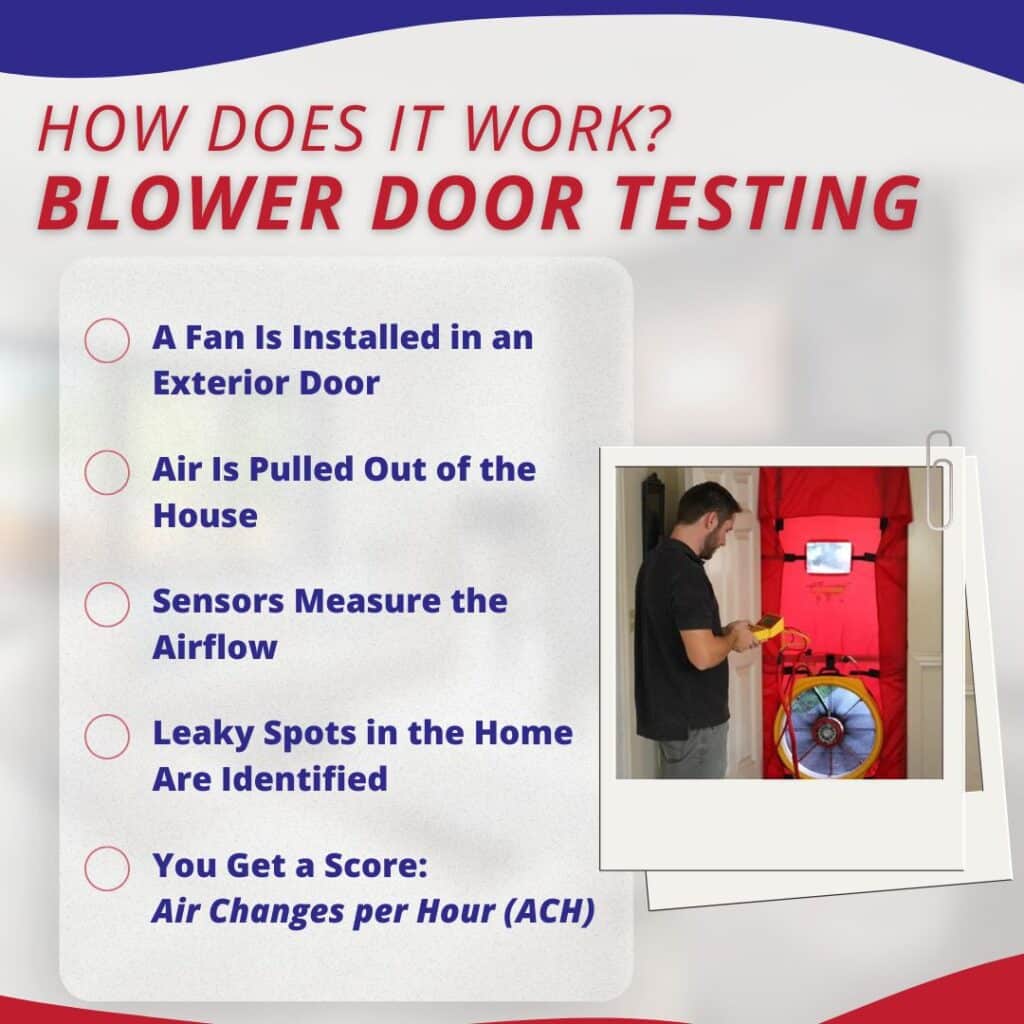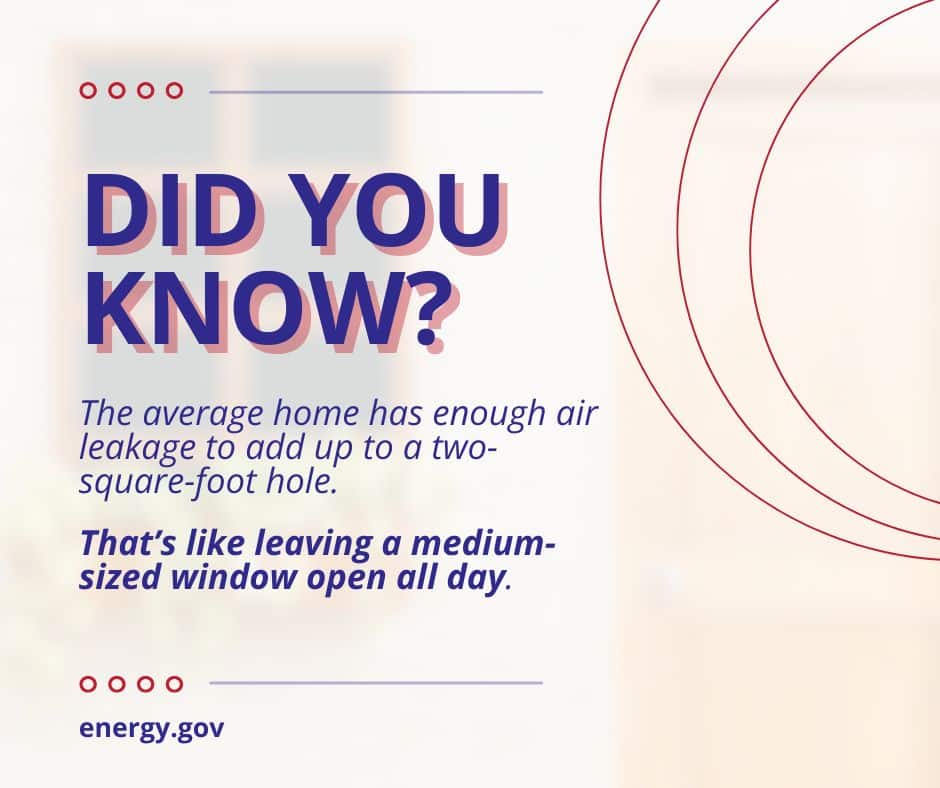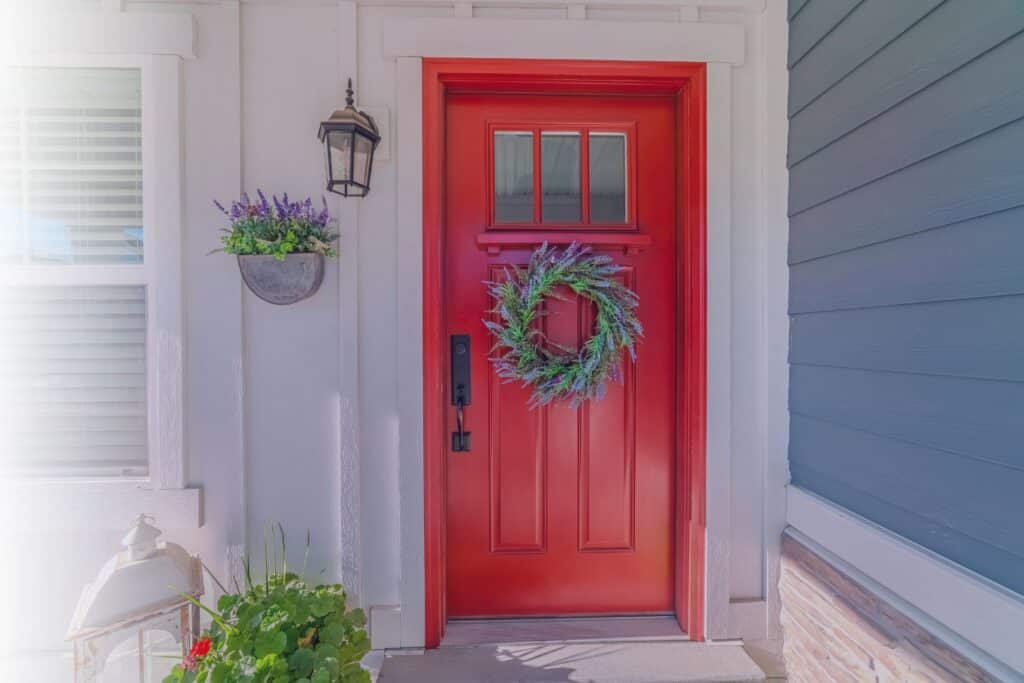High energy bills can sneak up on you, especially in the South where air conditioners work overtime. But what if your home is leaking air without you knowing? Blower door and air duct tests are simple ways to find out how well your home holds in heated or cooled air.
These tests help identify hidden leaks, pressure imbalances, and insulation problems that could be costing you money every month. In this guide, we’ll break down what each test involves, what the results mean, and how they connect directly to your energy costs.
What Is a Blower Door Test?
A blower door test checks how airtight your home is. During the test, an inspector sets up a special fan in an exterior doorway. The fan pulls air out of the house, lowering the indoor air pressure. This makes outside air rush in through cracks, gaps, or unsealed areas.
The test equipment measures how much air is escaping and how quickly outside air enters. Too much airflow means your home is leaking air, which forces your HVAC system to work harder and longer.

Common Issues Found with Blower Door Testing
- Cracks around windows and doors
- Unsealed electrical outlets or attic hatches
- Gaps between framing and drywall
- Poorly sealed plumbing or wire openings
When these leaks add up, your heating and cooling systems can run longer than necessary, driving up utility costs.
What Is an Air Duct Leakage Test?
Air duct testing checks for leaks in the system that carries hot or cold air through your home. Even if your HVAC system is high-efficiency, leaky ducts can waste a large chunk of that energy.
To test your ducts, an inspector seals all the vents and uses a fan to pressurize the ductwork. Then, they measure how much air escapes. If ducts are leaking into unused spaces like attics or crawlspaces, that’s energy (and money) being lost.
Signs of Duct Leakage
- Uneven temperatures from room to room
- Dust buildup near vents
- High humidity inside the home
- Rising energy bills without a clear cause
Even small duct leaks can lead to 20 to 30 percent energy loss, according to the U.S. Department of Energy.
How Pressure Tests Help You Save on Energy Costs
Here’s how blower door and duct testing directly impact your utility bills:
1. Identifying Air Leaks: Leaks allow conditioned air to escape, forcing your HVAC system to cycle more often. Sealing those leaks can reduce heating and cooling costs significantly.
2. Improving HVAC Efficiency: With tighter ducts and better airflow, your system doesn’t have to work as hard. That leads to less wear and tear, fewer repairs, and longer system life.
3. Finding Insulation Gaps: Blower door tests often highlight areas where insulation is lacking. Fixing these spots improves comfort and lowers your heating and cooling needs.
4. Catching Issues Before a Remodel or Upgrade: If you’re adding a new HVAC unit, replacing windows, or planning insulation work, blower door and duct tests give you a clear before-and-after snapshot to measure improvement.
What Do the Test Results Tell You?
Both tests provide a numeric result, but here’s what it really means for you…
Blower door test results show air changes per hour (ACH). Lower numbers mean a tighter home. A newer, well-sealed home might score around 3 to 5 ACH, while older homes can hit 10 or higher.
Duct leakage results are given as a percentage. Anything above 10 percent typically indicates significant energy loss.
The lower your numbers, the better your home is at holding in air and maintaining consistent indoor comfort.
Are These Tests Required?
In many areas, blower door tests are required for new construction to meet building codes. Some states, like Florida and Louisiana, also require them as part of energy efficiency certifications or upgrades. Even when not required, they’re useful for homeowners trying to reduce energy costs or qualify for rebates.

Other Related Questions About Home Energy Efficiency
Will sealing air leaks make my home too tight?
Not likely. Most homes leak too much, not too little. Sealing leaks and adding controlled ventilation, like a fresh air intake or ERV system, can give you cleaner indoor air while still saving energy.
How do I know if my ducts are leaking if I don’t feel drafts?
Duct leaks aren’t always noticeable. If some rooms feel too hot or cold, or if your energy bills have been rising, it may be time to schedule a test. The ducts could be leaking into unconditioned areas where you wouldn’t feel the draft directly.
Can I do these tests myself?
Blower door and duct tests require special equipment and trained professionals. DIY methods, like using incense sticks or hand-held smoke pencils, can show airflow direction but won’t give you accurate data. A professional can pinpoint problems and explain the most cost-effective solutions.
How much can I actually save after sealing leaks?
Savings depend on your starting point. Many homeowners see 10 to 20 percent lower heating and cooling bills after sealing air leaks and repairing duct issues.
When to Call a Professional
If your energy bills are high, your home feels drafty, or your HVAC system seems to run nonstop, it’s a good time to schedule a test. Blower door and duct testing are often part of a full home performance inspection.
You should also consider testing if:
- You’re buying a new home and want energy cost insight
- Your attic, crawlspace, or garage is always uncomfortable
- Your home was built before modern energy codes
- You’re planning upgrades like solar, new windows, or HVAC replacement
A trained inspector can help you understand the results and prioritize next steps that save you money in the long run.
Conclusion
Blower door and air duct tests offer more than just technical data. They reveal where your home is leaking energy, why your HVAC system might be struggling, and how to fix it.
If you want to cut down on energy costs, improve indoor comfort, or get a clearer picture of your home’s efficiency, Knockout Inspections can help. We make the invisible problems visible, so you can breathe easier and pay less.

